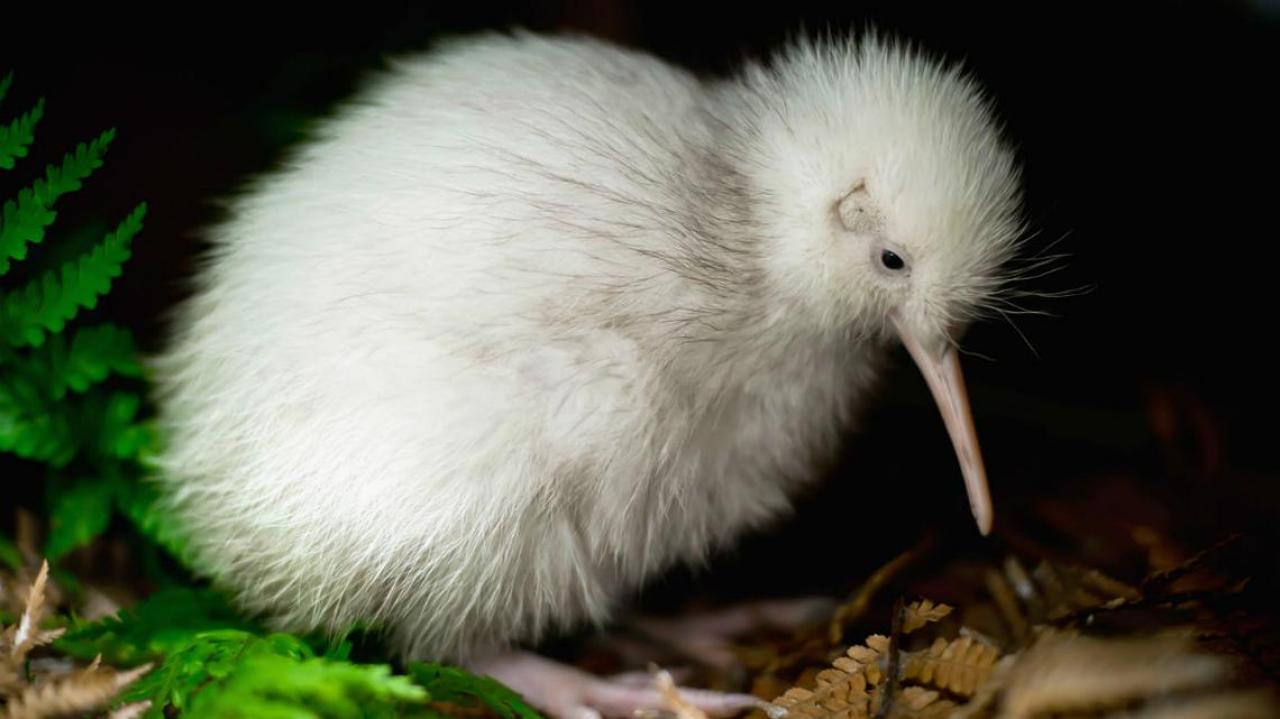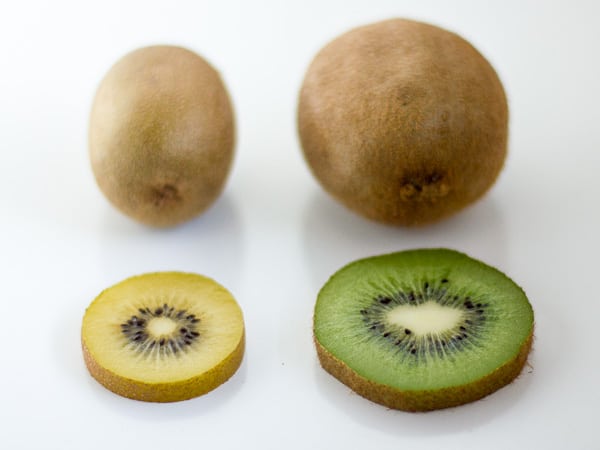A Deep Dive Into Kiwi Farming: Revealing the Methods, Obstacles, and Prospective for Sustainable Farming
In this post, we will certainly take you on a deep dive into the strategies, challenges, and possibility for sustainable farming in the world of kiwis. Discover the ideal expanding problems, innovative farming techniques, and the lasting techniques that can open the full possibility of kiwi farming.
Optimum Expanding Problems for Kiwi Plants

Cutting-Edge Growing Methods
To enhance kiwi growing, utilize innovative methods that improve productivity and sustainability. One such method is precision agriculture, which uses advanced innovations like drones, GPS, and remote picking up to keep an eye on and take care of plants a lot more efficiently. Drones geared up with multispectral cameras can record high-resolution photos of kiwi plants, making it possible for farmers to analyze their health and wellness and spot any kind of indications of disease or anxiety. GPS technology permits for accurate mapping and monitoring of the kiwi vines, optimizing watering and fertilization techniques to make sure that each plant receives the essential nutrients and water. An additional advanced strategy is vertical farming, which involves expanding kiwi plants in stacked layers utilizing artificial lighting and climate-controlled environments. This approach optimizes land use efficiency and lowers water usage, making it optimal for metropolitan areas or areas with minimal cultivable land. Furthermore, hydroponics and aeroponics systems are obtaining appeal in kiwi cultivation. These soilless cultivation techniques provide plants with a nutrient-rich solution or haze, respectively, promoting faster growth and higher returns. By accepting these cutting-edge strategies, kiwi farmers can accomplish higher performance, optimize resource usage, and add to lasting farming practices.
Obstacles Faced by Kiwi Farmers
Dealing with many challenges, kiwi farmers must navigate with various challenges to make certain successful growing and lasting farming practices. Among the significant challenges they deal with is environment variability. Kiwi plants require a details environment to flourish, with cool wintertimes and warm summertimes. Nonetheless, unpredictable weather patterns, such as severe temperatures, frost, and dry spell, can interrupt the growth and advancement of kiwi plants. Farmers should regularly keep track of weather prediction and execute strategies like watering, frost protection, and color cloth to minimize the unfavorable effects of climate irregularity.
Another considerable obstacle for kiwi farmers is conditions and pests. Kiwi vines are at risk to a series of insects, consisting of termites, aphids, and thrips, which can damage the leaves and fruit. Furthermore, conditions like Psa (Pseudomonas syringae pv. actinidiae) and botrytis can significantly influence kiwi manufacturing. Farmers need to Click This Link utilize incorporated parasite management methods, such as routine surveillance, organic control methods, and proper cleanliness, to manage and prevent insect and illness break outs.
Moreover, kiwi farmers face labor and labor price issues. Kiwi growing calls for labor-intensive activities, such as harvesting, trellising, and pruning. Discovering proficient workers who are experienced concerning kiwi farming techniques can be challenging. Labor prices can be high, especially throughout peak seasons. Farmers need to invest in training programs, mechanization, and efficient labor monitoring techniques to enhance efficiency and decrease labor costs.
Lasting Farming Practices for Kiwi Growing

To make sure sustainable kiwi growing, you can execute a range of methods that promote ecological stewardship and lasting stability of your ranch. Kiwi plants call for a considerable quantity of water, yet extreme irrigation can lead to water waste and soil erosion. Adopting sustainable power methods, such as utilizing solar power or investing in energy-efficient technologies, can decrease your farm's carbon impact and contribute to an extra sustainable kiwi cultivation system.
Opening the Possible of Kiwi Farming
By carrying out lasting farming techniques, you can unlock the full potential of kiwi farming while reducing environmental influence. Kiwi farming has enormous potential for growth and productivity, yet it also comes with its own collection of challenges. To completely open this capacity, it is critical to take on lasting strategies that not just take full advantage of yield and high quality but also guarantee long-term viability.
One key aspect of unlocking the capacity of kiwi farming is maximizing irrigation methods - what do kiwis taste like. Kiwi plants need a particular amount of water to thrive, and by utilizing reliable watering systems such as drip irrigation or precision lawn sprinklers, you can reduce water wastage and reduce the threat of waterlogging or dirt erosion
An additional crucial element is soil wellness administration. read what he said Productive and healthy and balanced soil is essential for the development and advancement of kiwi plants. By executing techniques such as cover chopping, crop turning, and organic fertilizing, you can enhance soil framework, enhance nutrient accessibility, and reduce the demand for chemical inputs.
Moreover, integrated bug management (IPM) strategies are important in unlocking the capacity of kiwi farming. By adopting IPM methods such as biological bug control, pheromone catches, and plant tracking, you can effectively handle pests and illness while minimizing using chemical pesticides.
Conclusion
To conclude, kiwi cultivation holds excellent potential for sustainable farming practices. By carrying out cutting-edge methods and overcoming the difficulties encountered by farmers, we can unlock the complete possibility of this fruit (what do kiwis taste like). With optimal growing problems and a concentrate on sustainable methods, kiwi farming can prosper while lessening ecological effect. So, grab a kiwi and sustain the future of lasting agriculture!
Discover the optimal growing conditions, advanced growing strategies, and the sustainable practices that can unlock the full capacity of kiwi farming. By accepting these innovative strategies, kiwi farmers can attain better performance, maximize source application, More Bonuses and add to lasting farming techniques.
Encountering numerous challenges, kiwi farmers must navigate through various obstacles to guarantee successful cultivation and sustainable farming practices.By implementing sustainable farming techniques, you can open the complete capacity of kiwi farming while lessening ecological effect.In conclusion, kiwi cultivation holds fantastic prospective for sustainable farming practices.